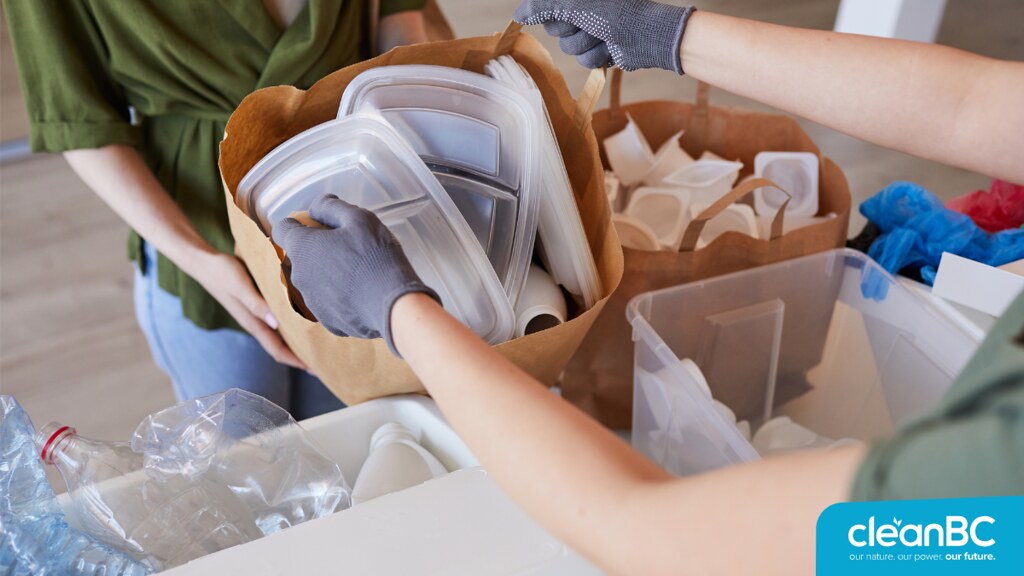
These items include products that are generally disposed of after a single or one-time use, such as plastic sandwich bags or throw-away party cups, bowls and plates. Single-use plastics are one of the most common items found on B.C. shores.
These regulations are separate from the federal ban on the manufacturing and importing of single-use plastics, which came into effect on Dec. 20, 2022. B.C.’s recycling regulatory changes cover a broader category of single-use products and further ensures that exemptions to the ban are recycled.
"Our government is working to ensure that people in B.C. can help to keep their communities and the environment healthy. By expanding our nation-leading recycling system to include more products, we are keeping more plastic out of our waterways and landfills,” said Aman Singh, Parliamentary Secretary for Environment. “People across the province can now recycle a wider array of single-use plastics and other materials in their blue bins and at recycling depots. This builds on the significant progress we’ve made through the CleanBC Plastics Action Plan.”
Newly accepted blue-box items include:
- plastic plates, bowls and cups;
- plastic cutlery and straws;
- plastic food storage containers;
- plastic hangers (that come with clothing);
- paper plates, bowls and cups (with thin plastic lining);
- aluminum foil;
- aluminum-foil baking dishes and pie plates; and
- metal storage tins (thin gauge).
Examples of flexible plastics now accepted at depots only:
- plastic sandwich and freezer bags;
- plastic shrink wrap;
- flexible plastic drop sheets and covering;
- flexible plastic bubble wrap (no bubble wrap-lined paper);
- flexible plastic recycling bags (blue, clear bags, or yellow or blue bags used for curb-side collection); and
- flexible plastic carry-out shopping bags (reusable).
“This expanded materials list will allow more material to be recycled, keep it out of landfills and stop it from littering the environment,” said Tamara Burns, executive director, Recycle BC. “Residents play a key role in recycling this material by enabling it to be collected – by putting it into their bins or taking materials to a depot.”
B.C. regulates the largest number of residential packaging and products in Canada through its extended producer responsibility programs, where companies and producers are responsible for the collection and recycling of the products they create. This program also promotes and encourages companies and producers to create and design less harmful plastic packaging.
These changes are effective immediately and are part of the CleanBC Plastics Action Plan, which aims to change how plastic is designed and used – from temporary and disposable to durable and reusable. The action plan addresses problem plastics and single-use items through regulation, reduces new plastic by investing in reusable solutions, supports the processing and manufacturing of post-consumer plastics, as well as enabling the largest shore cleanup in B.C.’s history.
Quick Facts:
- Regulatory changes to include single-use items and packaging products in B.C.’s recycling system were announced in 2020, which gave industry a two-year transition period to prepare for implementation.
- As the agency responsible for residential blue-box recycling programs in the province, Recycle BC is British Columbians’ source for information on packaging and products that can be recycled.
- During the next four years, B.C. will expand extended producer responsibility programs to include mattresses, electric-vehicle batteries and medical sharps (e.g., syringes, lancets), as well as more moderately hazardous products, such as compressed-fuel canisters.







